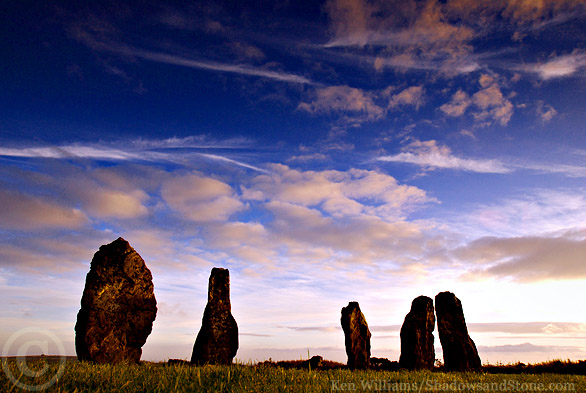I have been tearing through post after post written by the current Irish ambassador to Canada, Eamonn McKee. He is a historian, and his insight into the Irish influence in Canada is broader than anything a student in Canada would be privy to in history books.
The depth of knowledge, woven into quick reads, well it makes one who enjoys the cultural aspect of family research completely drawn in. I don't know of any of my family that came to Canada, let alone Ottawa, before the late 20th century. But I have always wondered.
I have read through the passenger lists of the Peter Robinson ships, partly because the vast majority of those on those ships were from north and west parts of Cork, places where my maternal lines lived on that land, enduring the shifts of history...I wonder if any/who may have left.
I am making my way through dozens of fascinating posts, of particular interest to me is tracking the development of the Irish heritage trail in Ottawa, which given my shallow roots in Canada, provides connection.
Eamonn McKee's blog with an extensive nod to the connection between Ireland and Canada.




















